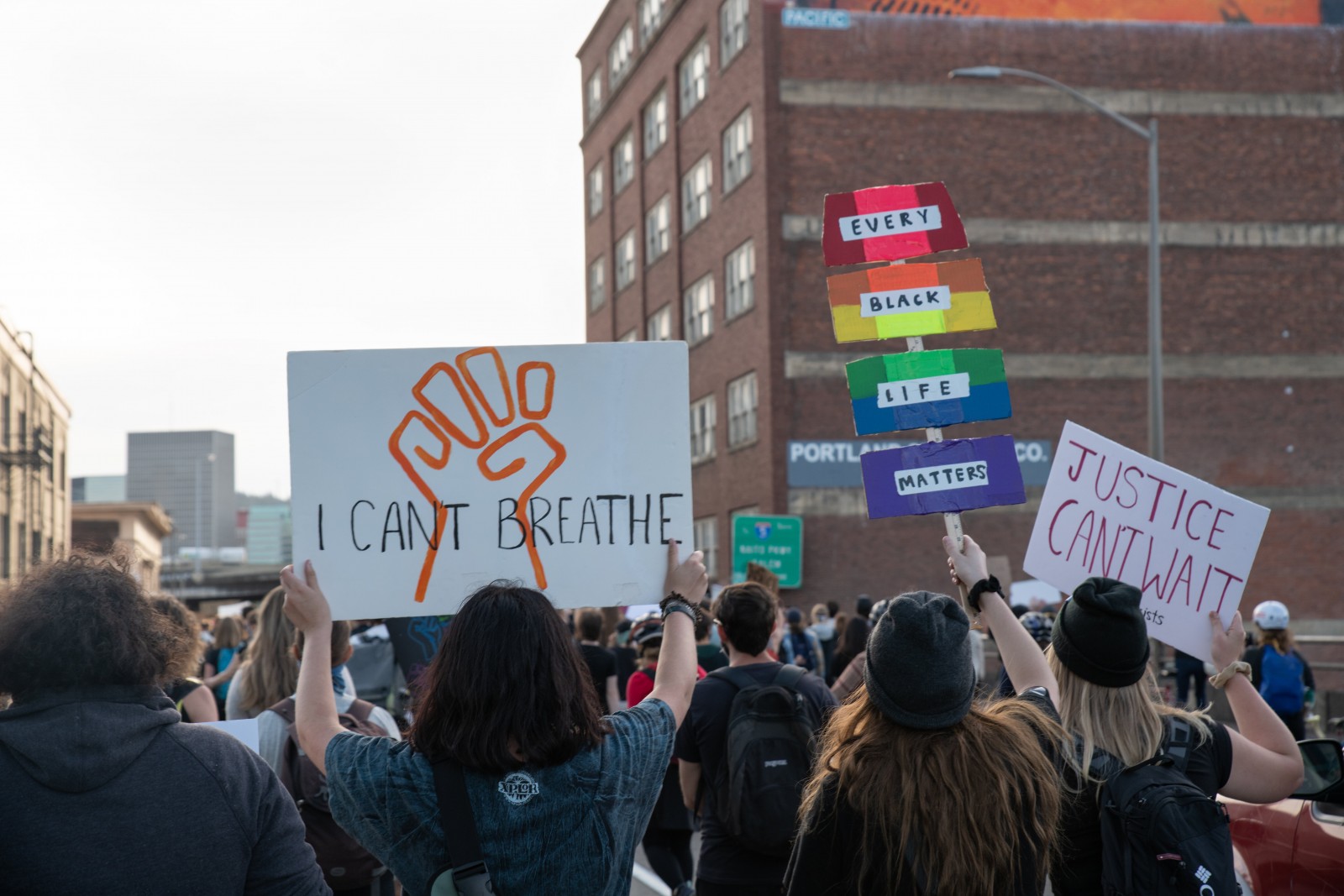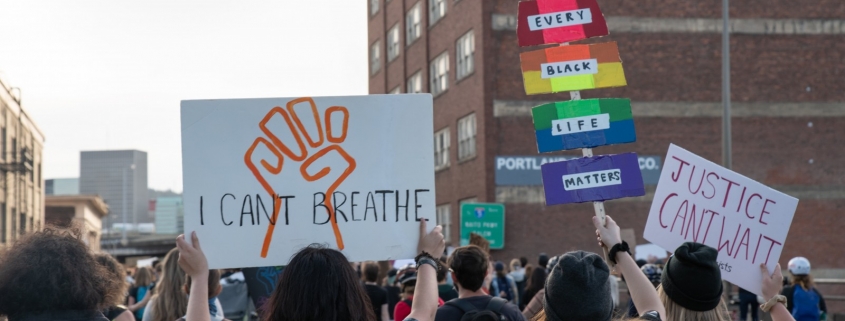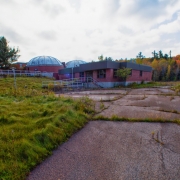HotSpots H2O: Portland Environmental Groups, Backed by ACLU, Sue DHS for Use of Tear Gas

A BLM protest in Portland, June 2020. © Matthew Roth
In Portland, environmental, public health, and social justice groups, represented by the ACLU of Oregon, sued the U.S Department of Homeland Security for the health and environmental consequences of airborne chemicals.
The federal lawsuit, filed on October 20, alleges that the U.S. government violated environmental law when its agents deployed tear gas during Black Lives Matters protests, which erupted in Portland and across the nation after the killing of George Floyd in May. There have been over 125 days of protests in Portland, a series of demonstrations that has brought the repeated use of tear gas and other chemical munitions by the Portland Police Department and federal officers.
The environmental groups and advocates not only question the long-term and short-term impact of these chemicals on the protesters, which have been proven to damage health, but also the use of “an unprecedented amount of dangerous chemical weapons” without an analysis of the environmental cost.
“For months we have tried other avenues to obtain information the public is entitled to under the law, but have been denied at every turn,” said Elisabeth Holmes, a staff attorney at Willamette Riverkeeper, one of the organizations behind the lawsuit. “Disclosure and scientific analysis is the minimum requirement. It’s a pretty low bar, but DHS has completely flouted its responsibility.”
The lawsuit raises concerns about the effect the chemicals may have on the city stormwater system and the Willamette River, which runs through Portland. Once a protest has ended, residual chemicals are washed off of streets and into gutters and drains. The water could then carry toxic substances into the Willamette, potentially affecting wildlife habitat and recreational waters.
To test for chemical impact, the Portland Bureau of Environmental Services analyzed six storm drains and three manholes in the downtown district in August, the primary spot for the protests. While the BES did not find any immediate threat to the Willamette, some toxics commonly associated with tear gas and other chemicals were found at elevated levels. The agency also noted their sampling was small and the total impact of the chemicals is still unknown.
The ACLU lawsuit highlights water-quality testing limitations as well. The lawsuit alleges that testing was done in too few locations and other protest spots must be taken into consideration, too. BES cleaned out 11 more storm drains close to the Immigration and Customs Enforcement Building in September, but will then halt testing.
Local organizations have also looked into the environmental cost. The Chemical Weapons Research Consortium, a local grassroots science and activist organization led by Juniper Simonis, published a report analyzing the unknown chemicals used in the protests.
The organization has been collecting samples from Willamette River culverts and in an interview with OPB, Simonis explained that the chemicals they had found are concentrated and less diluted. They anticipate an increase in environmental damage with more rain, which could push the rubber bullets, pepper balls, and other munitions through storm drains to the river.
In response to the health and environmental impact of tear gas, Portland Mayor Ted Wheeler banned the Portland Police Department from using teargas for crowd control in September. Yet, just last month federal agents used similarly hazardous toxic smoke grenades on protesters.
“The large volume of tear gas and other chemical weapons that federal officers recklessly and thoughtlessly unleashed in Portland is yet more evidence of the Trump administration’s racist disregard for public health and a safe living environment,” ACLU Oregon interim director Kelly Simon said. “So we will see them in court, again.”
Elena Bruess writes on the intersection of environment, health, and human rights for Circle of Blue and covers international conflict and water for Circle of Blue’s HotSpots H2O.












Leave a Reply
Want to join the discussion?Feel free to contribute!